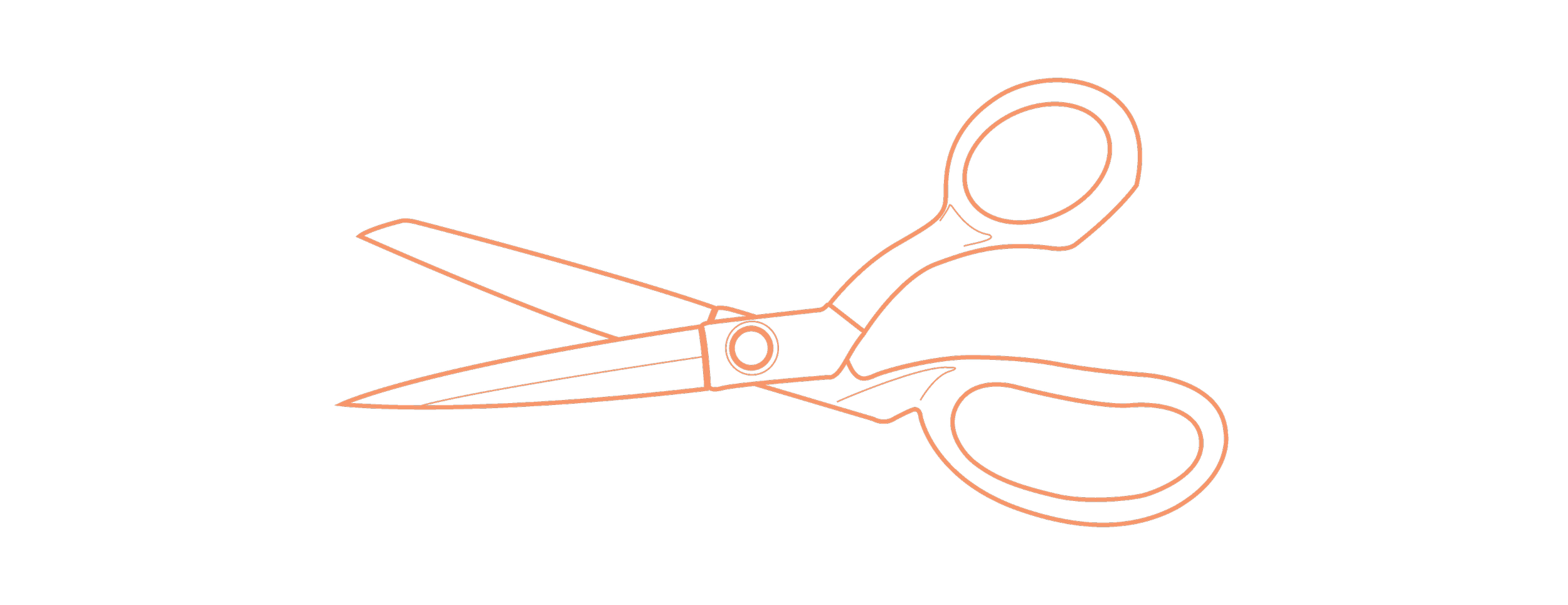Moodboards for Fashion Design: Everything You Need to Know
Designing a garment involves more than just putting together ideas haphazardly. It's about translating your inspiration into a coherent vision. One effective way to do this is by creating a moodboard. A moodboard is a visual representation of your design concept, helping you organize and connect various themes, textures, colors, and patterns that resonate with the vision for your collection. Today, I’ll walk you through the art of crafting a mood board and explore some guidelines to make your creative process more efficient.
What is a Moodboard?
A Moodboard is a visual guide that breathes life into your design concept. It serves as a blueprint for your project, encapsulating the aesthetic and atmosphere you want to convey for your garment.
It is a tool used to gather inspiration, sketches, and ideas to influence the designs within the collection. Moodboards can take various forms, from a small page to a digital collage or even an entire wall. The choice of how to present and display the Moodboard is up to the Designer and the brand, depending on their preferences.
Why Do I Need a Moodboard?
A Moodboard is a crucial tool for visually conveying the direction of the collection or individual garment. It functions as a guiding reference for Designers, providing insights into silhouette, color, texture, and the overall aesthetic appearance of the garment.
Need Mood- board help?
Get this FREE Template when you download the Garment Development Toolkit!
How to create a Moodboard
Step 1: Gather Your Inspiration
Before creating your Moodboard, it's essential to have your ideas and inspirations organized. Collect images, articles, and references that resonate with your design concept. These sources can be fashion-related, but don't limit your inspiration to fashion images alone. Incorporate diverse sources such as interior design, nature elements (like feathers or leaves), and any other elements that resonate with the feeling behind your design.
Step 2: Link Themes and Elements
Once you've amassed a collection of inspirational material, start identifying common themes, textures, colors, and patterns that seem to complement each other. Perhaps you notice a recurring color palette in your references or a consistent mood that resonates with your design vision. Group these elements together to help create a cohesive narrative.
Step 3: Gather Materials
To assemble your Moodboard, you’ll need a base surface, printed inspiration, color swatches, fabric swatches, sketches/drawings, 3D objects, embellishments, adhesive, and scissors. Remember that the materials you choose should align with the specific concept and theme you're working on. Your moodboard's purpose is to visually communicate your ideas and inspire your creative process, so feel free to get creative and experiment with different materials to achieve the desired mood and aesthetic.
Step 4: Assemble (Layout & Organization)
Now you can assemble your Moodboard using the materials from Step 3. The size of your mood board is flexible. However, it's crucial to give yourself enough space to work with, whether you're creating a physical mood board with tangible materials or opting for a digital version.
Your layout should mirror the aesthetic of what you're designing. For instance, if you're working on a vintage-inspired dress, your mood board layout might adopt a classic, nostalgic style with burnt or torn edges to create a worn look.
Some designers prefer tangible mood boards, allowing them to add texture and dimension using real materials like fabric swatches or magazine clippings. Digital mood boards are equally effective and offer flexibility, allowing you to easily rearrange and modify elements.
Creating a Moodboard is an essential step in the design process, enabling you to bridge the gap between inspiration and execution. By thoughtfully organizing your ideas, linking themes, and adhering to the guidelines outlined in this article, you can craft a Moodboard that serves as your creative compass. So, gather your inspiration, explore various elements, and start designing your collection with a well-structured Moodboard.










